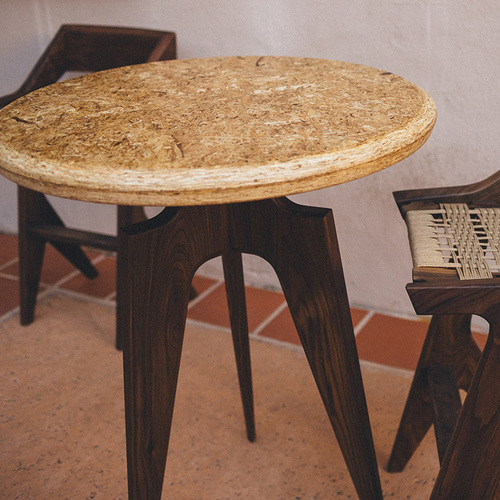Hi,
I am in the process of building a coffee table and now need to make the top (1500mm x 1300mm, with a 100mm overhang).
I intend to us three pieces of 18mm pine board, and am hoping that I can get away without using a surface planer or table saw.
My plan is to use a track saw, putting the boards together and then running the track saw along the joint to get them parallel. I'll then glue them, and then hand plane/sand the top to get it level.
I'd just like to get your thoughts on the above plan, and also specifically whether
1) I need to add dowels, or whether glue should be sufficient
2) Whether these clamps look like they would be substantial enough for clamping the top while the glue dries
https://www.amazon.co.uk/Dapetz®-Quick-Release-Clamps-1500mm/dp/B08152XSW6
As always, any thoughts would be much appreciated.
I am in the process of building a coffee table and now need to make the top (1500mm x 1300mm, with a 100mm overhang).
I intend to us three pieces of 18mm pine board, and am hoping that I can get away without using a surface planer or table saw.
My plan is to use a track saw, putting the boards together and then running the track saw along the joint to get them parallel. I'll then glue them, and then hand plane/sand the top to get it level.
I'd just like to get your thoughts on the above plan, and also specifically whether
1) I need to add dowels, or whether glue should be sufficient
2) Whether these clamps look like they would be substantial enough for clamping the top while the glue dries
https://www.amazon.co.uk/Dapetz®-Quick-Release-Clamps-1500mm/dp/B08152XSW6
As always, any thoughts would be much appreciated.



